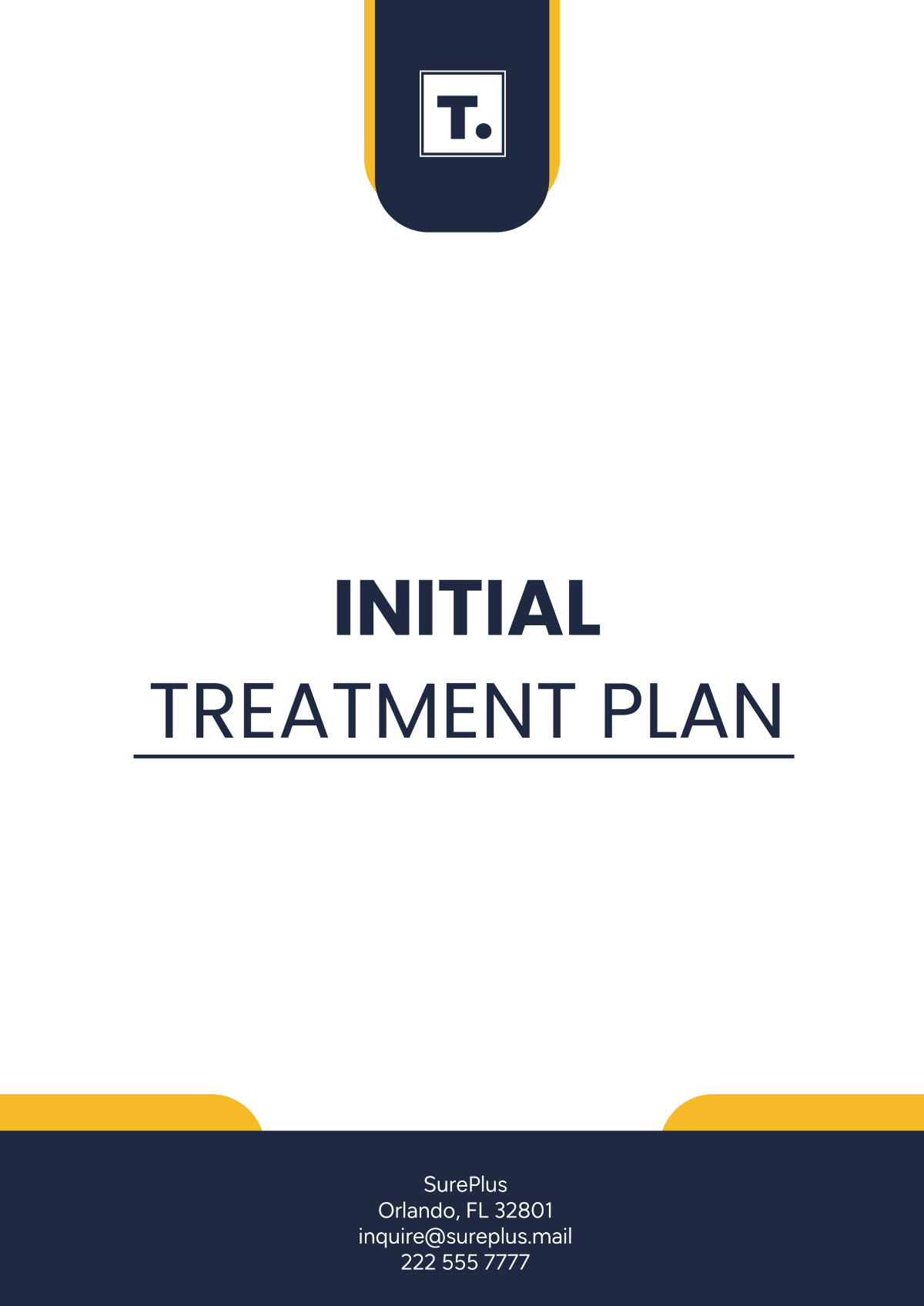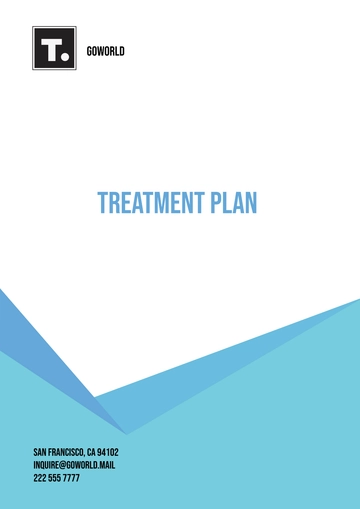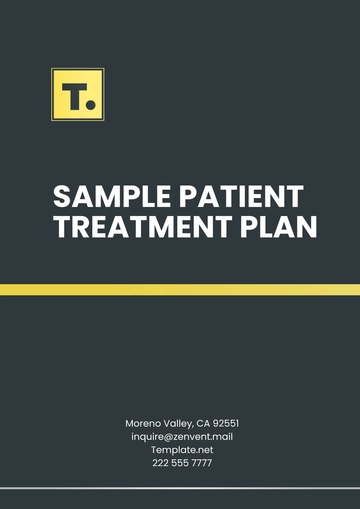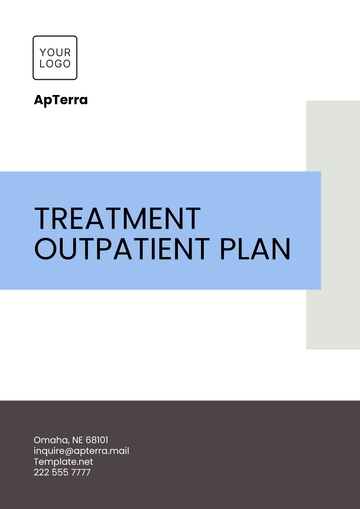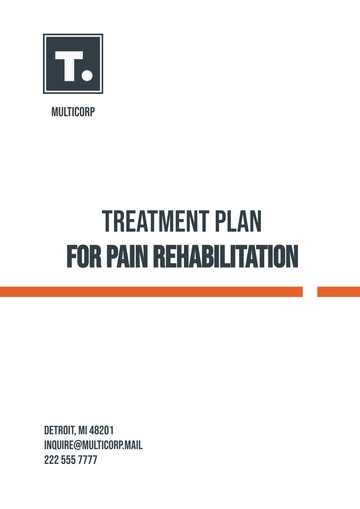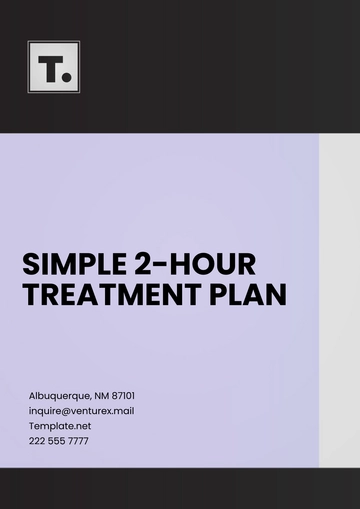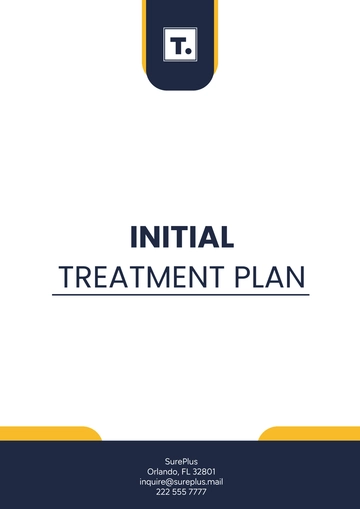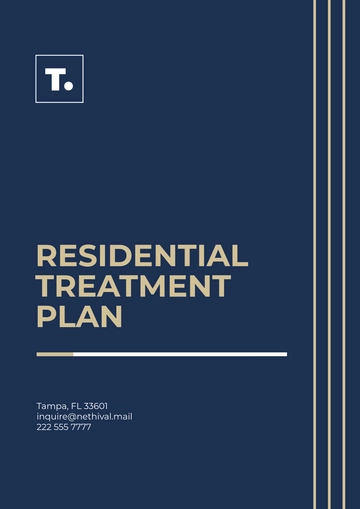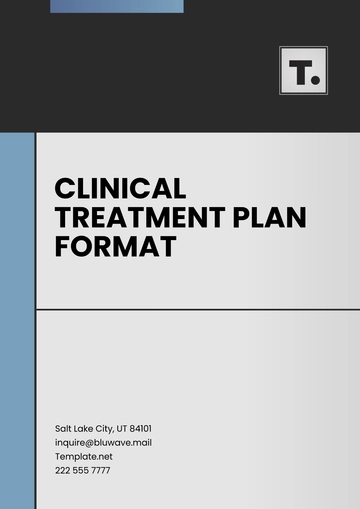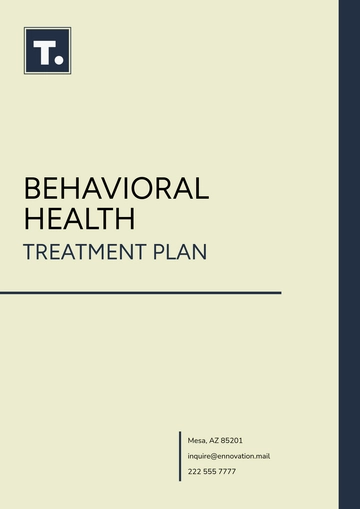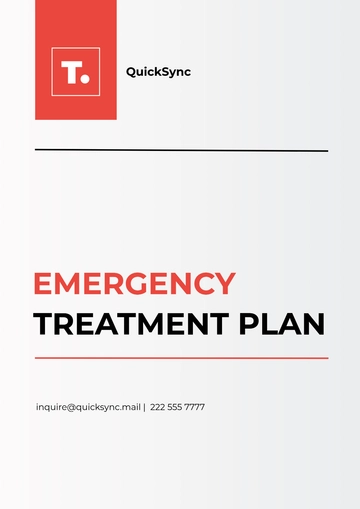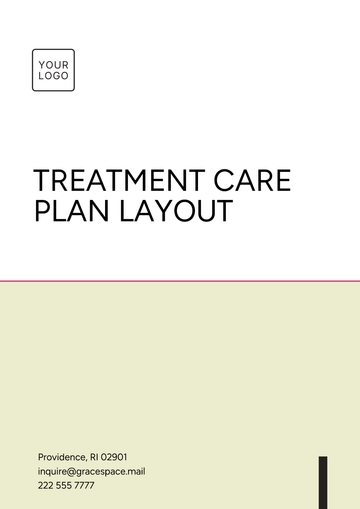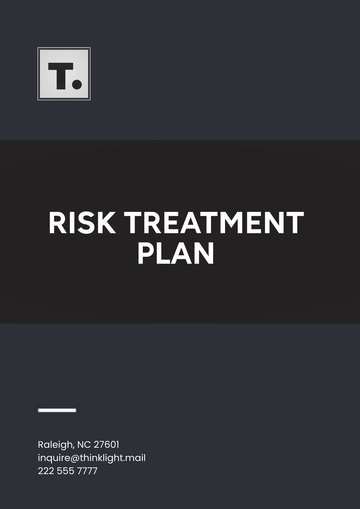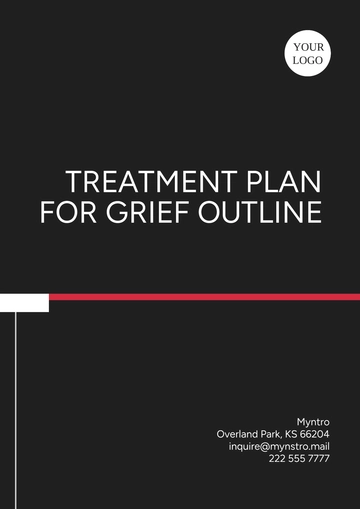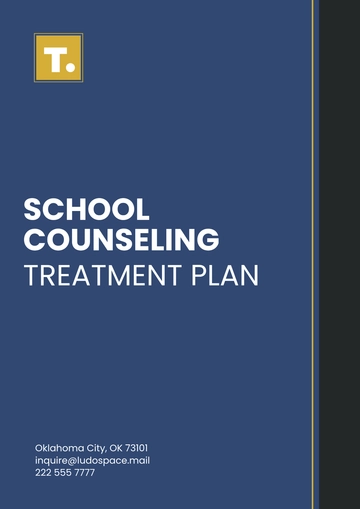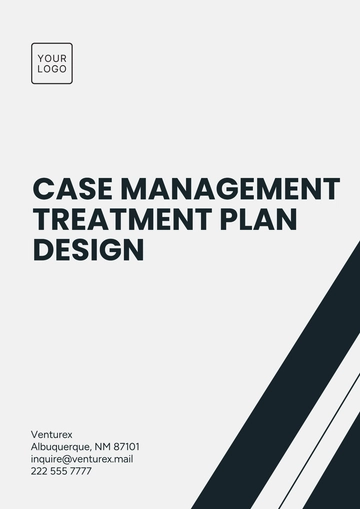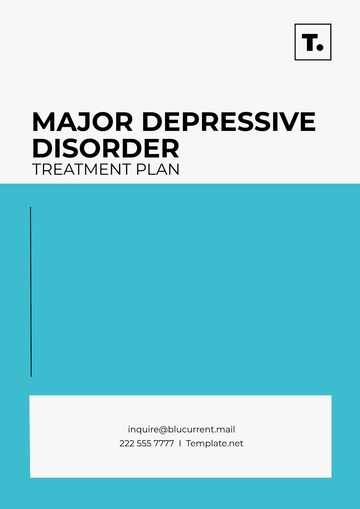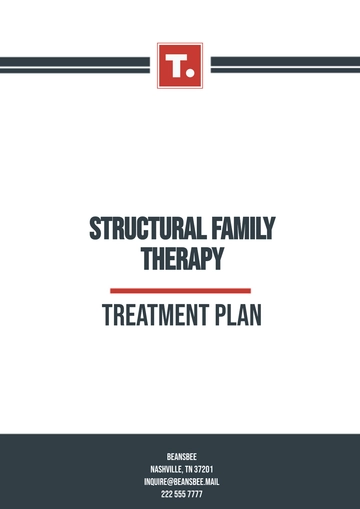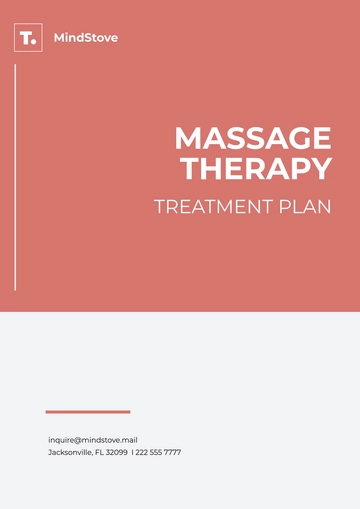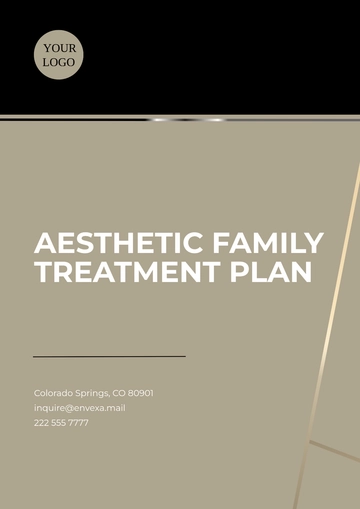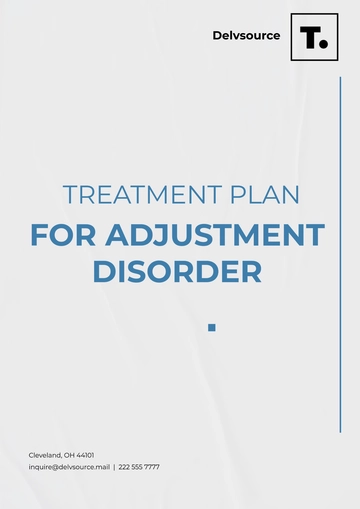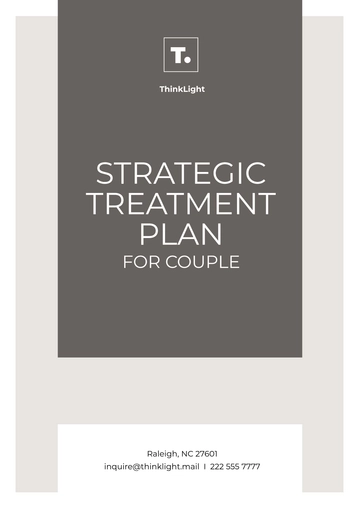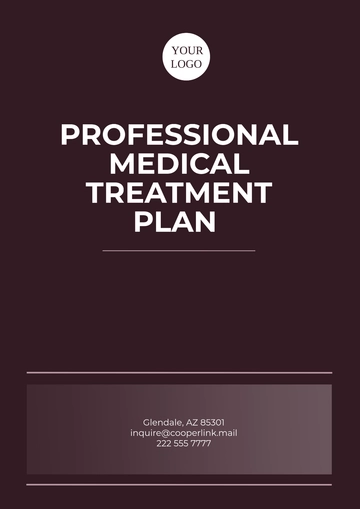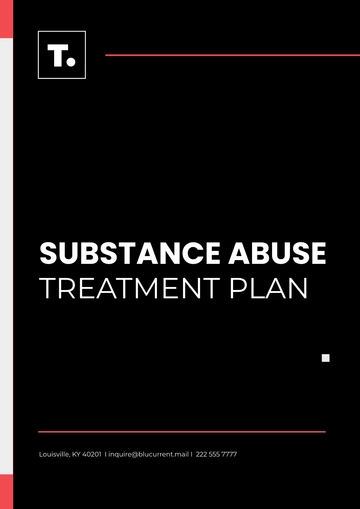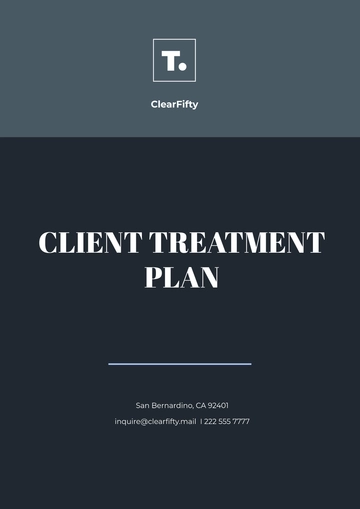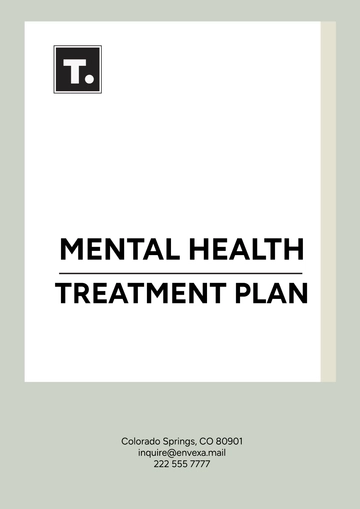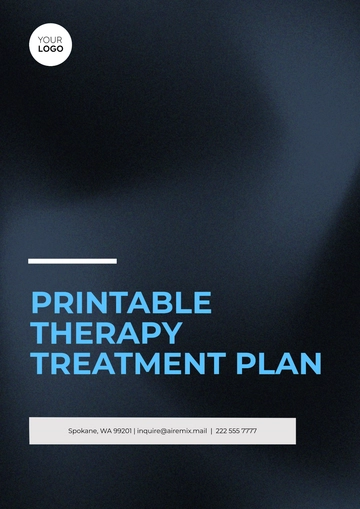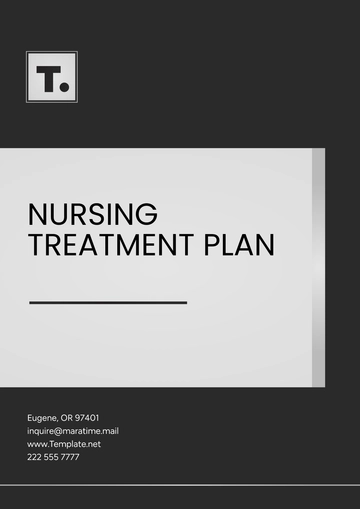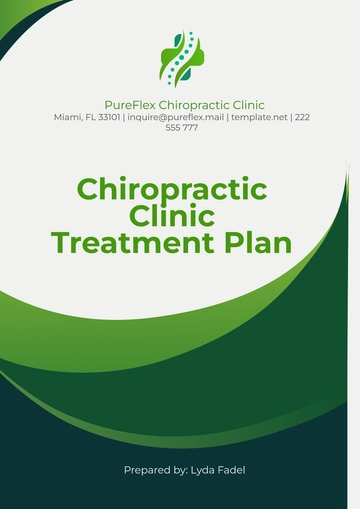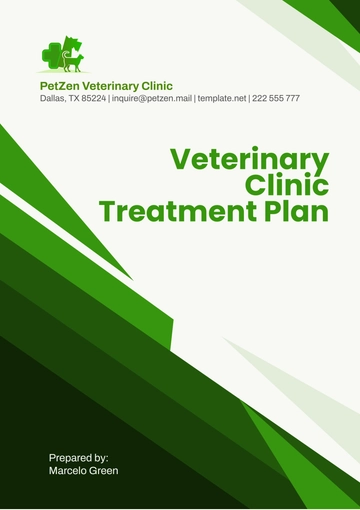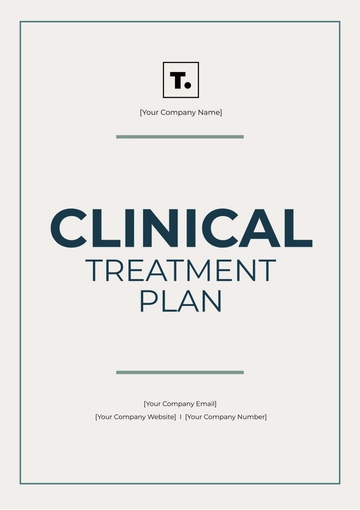Initial Treatment Plan
Prepared by: | [YOUR NAME] |
Date: | [DATE] |
I. Client Information
Name: Elowen Hart
Contact Information: elowen.hart@example.com | (555) 673-8492
Address: 789 Serenity Grove, Apt. 7C, Meadowvale, State, ZIP
Emergency Contact: Callum Hart (Brother) | (555) 872-9384
Relevant Background Information:
Elowen is a 28-year-old graphic designer reporting chronic anxiety symptoms, including difficulty concentrating at work and disrupted sleep patterns for the past year.
She has no prior mental health treatment history and is motivated to engage in therapy.
II. Diagnosis
Primary Diagnosis: Generalized Anxiety Disorder (F41.1)
Secondary Symptoms:
Persistent worry lasting more than six months.
Restlessness, muscle tension, and irritability.
Difficulty initiating and maintaining sleep.
Diagnostic Tools Used:
Clinical interview (using DSM-5 criteria).
Generalized Anxiety Disorder 7-item (GAD-7) scale, with a score of 16 indicating moderate to severe anxiety.
III. Treatment Goals
Reduce the frequency and intensity of anxiety episodes.
Aim for a 50% decrease in self-reported anxiety severity within six months.
Minimize physical symptoms (e.g., muscle tension, restlessness) using relaxation techniques.
Improve coping mechanisms for anxiety triggers.
Enhance overall daily functioning and quality of life.
IV. Objectives and Interventions
Objective | Intervention | Frequency |
|---|
Teach relaxation techniques | Conduct guided sessions on deep breathing, progressive muscle relaxation (PMR), and mindfulness meditation. Provide digital resources (e.g., meditation apps). | Weekly |
Identify anxiety triggers | Conduct Cognitive Behavioral Therapy (CBT) sessions with a focus on thought monitoring and restructuring. Utilize anxiety diaries to track triggers. | Bi-weekly |
Develop coping strategies | Collaborate on action plans including stress management techniques, exposure therapy for anxiety-inducing situations, and self-care routines. | Monthly |
Improve sleep hygiene | Provide psychoeducation on sleep hygiene, introduce relaxation techniques for bedtime, and track sleep patterns using a journal. | Monthly check-ins |
Additional Resources Provided:
V. Progress Evaluation
A. Evaluation Plan:
Progress will be evaluated through the following methods:
Self-Report Scales:
Therapist Observation:
Goal Achievement:
B. Evaluation Schedule:
VI. Follow-Up Schedule
Visit Type | Scheduled Date | Purpose |
|---|
Initial Follow-Up | October 15, 2050 | Assess initial response to treatment, adjust techniques, and set short-term benchmarks. |
Second Follow-Up | January 15, 2051 | Evaluate progress on coping mechanisms and anxiety reduction; refine action plans. |
Quarterly Review | April 15, 2051 | Conduct a comprehensive review of overall progress and update the treatment plan for the next quarter. |
Annual Review | October 15, 2051 | Review long-term goals and determine the need for continued treatment or maintenance strategies. |
VII. Provider Information
Provider Name: Dr. [Your Name], LPC
License Number: LPC-12345678
Contact Information: [Your Email]
Clinic Address: 123 Wellness Lane, Suite 400, Cityville, State, ZIP
Clinic Hours:
Emergency Contact Procedure:
Plan Templates @ Template.net
